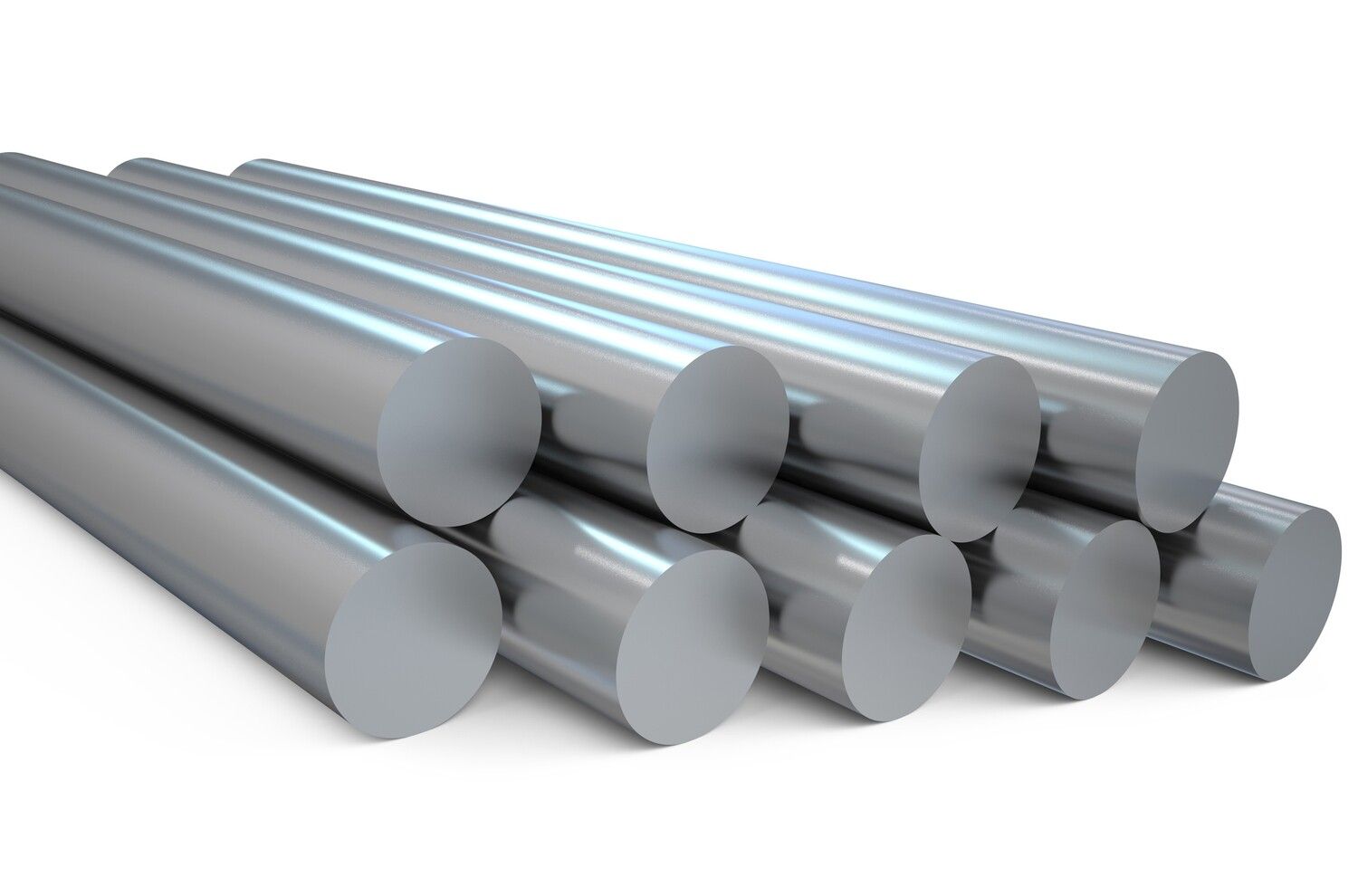Lithium ingot 99.9% dia 57 x 86mm 1 pc
SKU MLI001
€ 569,70
In stock
1
Save this product for later
Lithium ingot 99.9% dia 57 x 86mm 1 pc
Product Details
Cation: Li
Packaging: 1 pc
EAN: 8721028233264
Brand: Laboratoriumdiscounter
dia 57 x 86mm
Lithium ingot is a highly sought-after material in various industries due to its exceptional properties. With its lightweight and high energy density, it is widely used in the production of rechargeable batteries for electric vehicles and portable electronic devices. Its unique chemical characteristics make it an essential component in the aerospace, pharmaceutical, and ceramics industries. Discover the limitless possibilities of lithium ingot and its significant role in shaping the future of technology and innovation.
Working with lithium ingots can be potentially hazardous if proper safety precautions are not followed. Here are some short safety instructions to consider when working with lithium ingots: 1. Personal Protective Equipment (PPE): Always wear appropriate PPE, including safety goggles, gloves, and a lab coat or protective clothing, to protect yourself from potential hazards. 2. Fire Safety: Lithium is highly reactive with air and water, and can ignite or explode when exposed to moisture or high temperatures. Ensure you have a fire extinguisher nearby and know how to use it. Keep a non-flammable dry powder or sand readily available to smother any lithium fires. 3. Storage: Store lithium ingots in a cool, dry, and well-ventilated area away from any sources of moisture, heat, or open flames. Use airtight containers or bags specifically designed for lithium storage to prevent contact with air or moisture. 4. Handling: When handling lithium ingots, use non-sparking tools made of materials such as stainless steel or plastic. Avoid contact with skin, as lithium can cause burns or irritation. If contact occurs, rinse the affected area with plenty of water and seek medical attention if necessary. 5. Transportation: When transporting lithium ingots, ensure they are securely packaged and protected from any potential damage or exposure to moisture. Follow all applicable regulations and guidelines for the safe transportation of lithium. 6. Disposal: Dispose of lithium ingots properly according to local regulations. Do not dispose of lithium in regular trash or pour it down the drain. Contact your local waste management facility for guidance on proper disposal methods. 7. Training: Ensure that anyone working with lithium ingots is properly trained on the hazards associated with lithium and the necessary safety procedures. Regularly review and update safety protocols to ensure compliance. Remember, these are just general safety instructions, and it is important to consult specific safety guidelines and regulations provided by your organization or local authorities when working with lithium ingots.
Please note, not all safety data for this product is available on our website, for a complete list of P en H sentences and other safety instructions please request the MSDS at our customer service
Lithium ingot is a highly sought-after material in various industries due to its exceptional properties. With its lightweight and high energy density, it is widely used in the production of rechargeable batteries for electric vehicles and portable electronic devices. Its unique chemical characteristics make it an essential component in the aerospace, pharmaceutical, and ceramics industries. Discover the limitless possibilities of lithium ingot and its significant role in shaping the future of technology and innovation.
Working with lithium ingots can be potentially hazardous if proper safety precautions are not followed. Here are some short safety instructions to consider when working with lithium ingots: 1. Personal Protective Equipment (PPE): Always wear appropriate PPE, including safety goggles, gloves, and a lab coat or protective clothing, to protect yourself from potential hazards. 2. Fire Safety: Lithium is highly reactive with air and water, and can ignite or explode when exposed to moisture or high temperatures. Ensure you have a fire extinguisher nearby and know how to use it. Keep a non-flammable dry powder or sand readily available to smother any lithium fires. 3. Storage: Store lithium ingots in a cool, dry, and well-ventilated area away from any sources of moisture, heat, or open flames. Use airtight containers or bags specifically designed for lithium storage to prevent contact with air or moisture. 4. Handling: When handling lithium ingots, use non-sparking tools made of materials such as stainless steel or plastic. Avoid contact with skin, as lithium can cause burns or irritation. If contact occurs, rinse the affected area with plenty of water and seek medical attention if necessary. 5. Transportation: When transporting lithium ingots, ensure they are securely packaged and protected from any potential damage or exposure to moisture. Follow all applicable regulations and guidelines for the safe transportation of lithium. 6. Disposal: Dispose of lithium ingots properly according to local regulations. Do not dispose of lithium in regular trash or pour it down the drain. Contact your local waste management facility for guidance on proper disposal methods. 7. Training: Ensure that anyone working with lithium ingots is properly trained on the hazards associated with lithium and the necessary safety procedures. Regularly review and update safety protocols to ensure compliance. Remember, these are just general safety instructions, and it is important to consult specific safety guidelines and regulations provided by your organization or local authorities when working with lithium ingots.
Please note, not all safety data for this product is available on our website, for a complete list of P en H sentences and other safety instructions please request the MSDS at our customer service
You May Also Like

4-(1,4-diazepan-1-yl)butanenitrile, 95.0%, 2g
4-(1,4-diazepan-1-yl)butanenitrile, 95.0%, 2g
SKU F525174-2G
€ 1 135,20

(R)-(-)-1-Phenyl-1,2-ethanediol, 95.0%, 5g
(R)-(-)-1-Phenyl-1,2-ethanediol, 95.0%, 5g
SKU F208861-5G
€ 22,00

1,3-Bis(4-bromophenyl)propan-2-one, 97%, 25g
1,3-Bis(4-bromophenyl)propan-2-one, 97%, 25g
SKU F724494-25G
€ 440,00

3-Fluoro-2-iodobenzaldehyde, 95.0%, 10g
3-Fluoro-2-iodobenzaldehyde, 95.0%, 10g
SKU F092264-10G
€ 515,90
Display prices in:EUR









